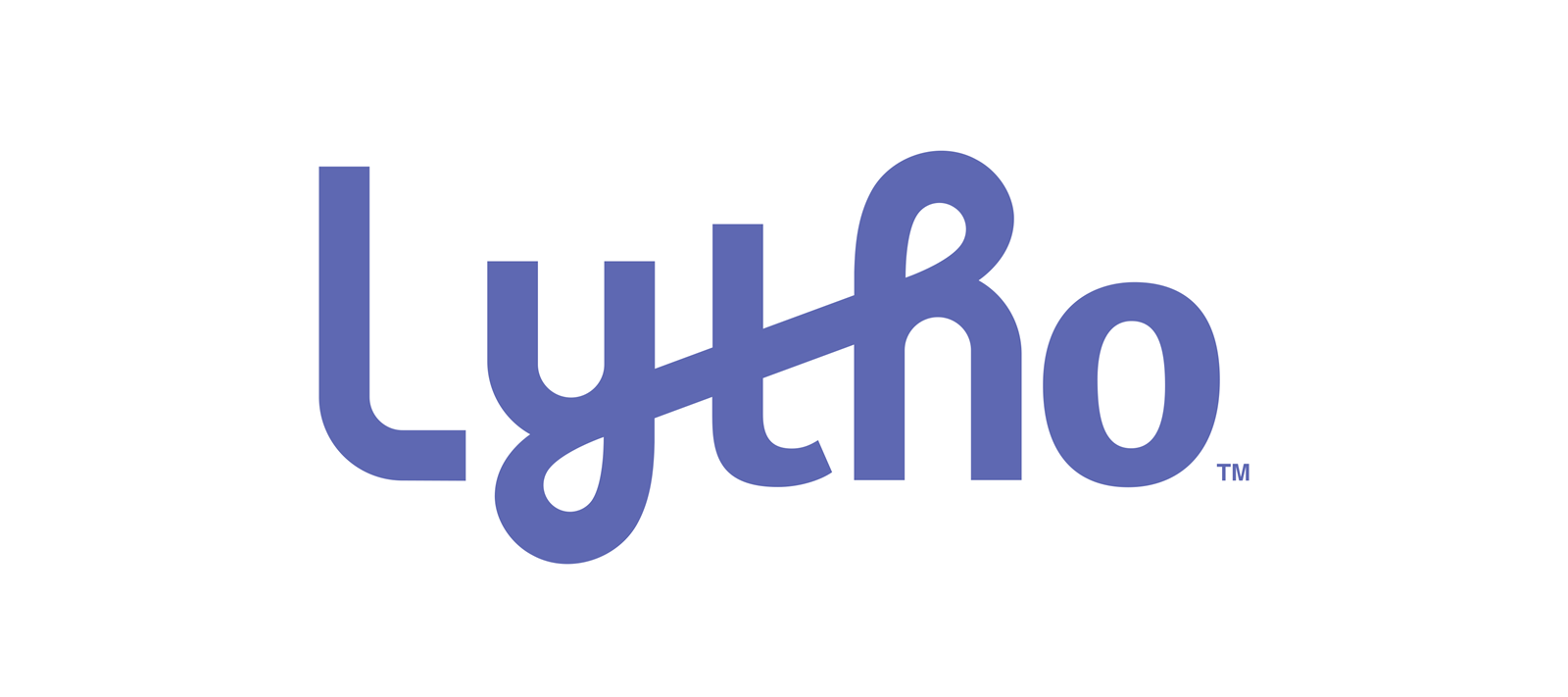SOPs Save the Day
.png)
It’s a cautionary tale that is all too familiar: a long-term employee with significant knowledge of how to perform in their role leaves the company and, in turn, takes all that knowledge with them—leaving a void that’s hard to fill. The good news is that this problem is avoidable. All you need are properly documented standard operating procedures (SOPs) that detail the specifics of your team’s responsibilities.
To get started, identify the responsibilities on your team that have a specific process behind them. For example, assigning creative requests, ordering materials or planning events. Once you have a list of processable responsibilities compiled, gather information about how each is performed.
Reach out to the team member(s) who handle specific areas. If several people perform the same role, be sure to include them in the documentation process. You can either ask them to write the SOP themselves or interview them for a detailed explanation of the steps they take to complete specific tasks. Be sure to capture the 6 Ws:
WHO owns the process? Who initiates it and who completes it? Who are the other stakeholders involved? Who is responsible, accountable, consulted, and informed for each step?
WHAT does the process accomplish? What actions need to be undertaken to complete it? What information or materials are needed to perform each step?
WHEN would someone initiate the process? When does each step need to be completed?
WHERE does the process take place? Are any specific apps or programs used? Where should the deliverables be sent and/or stored?
WHY does the process need to occur? Is there a specific reason for the order of the steps involved?
HOW is the process accomplished? How do you perform each step? How long does it take to complete? How is success defined?
After you have gathered as much information as you can about a specific responsibility or task, it’s time to set about documenting the SOP in black and white (or your beautiful brand colors) with three easy steps:
- Establish a flow chart. Begin by creating a flow chart that illustrates each step required to execute the process at hand. Make sure you note who should be involved in each step and if there is a timeframe for it.
- Explain each step. Provide a detailed description of each step, including helpful tips and tricks. Create additional flow charts for any sub-processes involved. Provide images, screen shots and examples wherever possible.
- Collect reference knowledge. Consolidate all information that is referenced regularly during this process and store it in a single location. Some examples include a database of forms, glossary of terms, chart of data or list of contacts.
With the SOP document drafted, it’s time to review, refine and implement it. Challenge your team to review the SOP as if they are assuming responsibility for it, asking for clarification and looking for efficiencies. Update the SOP based on their feedback and then put it into practice, sharing it with all stakeholders involved and training those who are responsible to follow it. Then post the SOP where it is accessible to all team members. Review SOPs annually, so they stay current as the business evolves.
With your new SOPs in place, you can have confidence that your team can function smoothly no matter which members come and go.
Recent Posts

In-House Data: Fact or Fiction?
October 16, 2023
I’m going to be honest with you, which I always am but this time it’s scary honesty. There are a lot of in-house agency research reports out there. And not all of them contain data that are close to the integrity of the studies IHAF publishes—the next of which drops at the IHAF conference on …

IHAF Wrapped
December 20, 2023
One of our favorite things to do at year-end is look back at the events, presentations, and online resources our members tapped most. (Why should Spotify have all the fun?) Here are a few of your favorites in 2023:
• New Assortment of Org Charts Download • Updated Job Profiles …



















%20(1).pdf%20-%20Copy.jpg)

%20(1).png)

